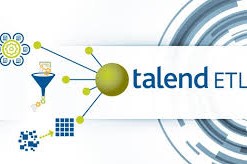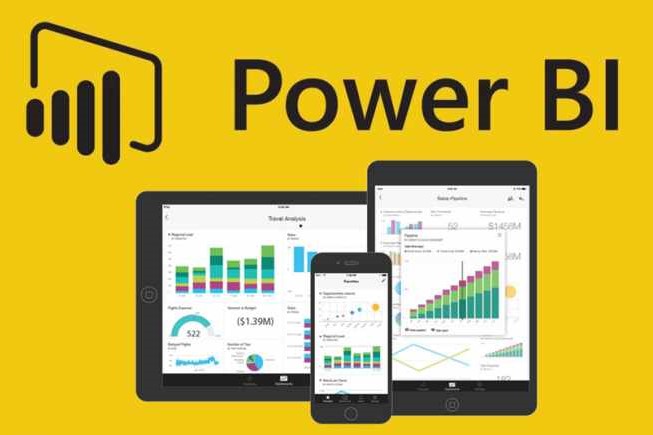Course Information
- Course Price $250
- Total Students 800+
- Course Duration 4 Weeks
Description
DataStage is a special course for ETL developers and project administrators who take care of transformation and data extractions. Our course syllabus is structured according to current industry standards and will assist students to comprehend the DataStage concepts in detail. Our syllabus covers all the topics pertaining to DataStage technology and provides a sound grasp of live scenarios to students. Our Data Stage trainers maintain a unique way of imparting DataStage in a proficient manner.
Understanding of Windows operating system
Basic knowledge of SQL
Acquaintance with Open Database Connectivity (ODBC)
Benefits
- Freshers inclined to begin an amazing career in Data Warehousing
- Seasoned professionals not satisfied with present job profile
- Fresher who wish to start a great career in Data Warehousing
- Business Analysts who want to develop their technical expertise
- Managers who want to take care of the team
- Freelancers for carrying out their development
- Software Developers and Architects.
- Candidates in the lookout for a career in Business Intelligence.
Syllabus
- DataStage Architecture
- DataStage Clients
- Designer
- Director
- Administrator
- DataStage Workflow
- Parallel Jobs
- Server Jobs
- Job Sequences
- DataStage Administrator Properties
- Defining Environment Variables
- Importing Table Definitions
- Design a simple Parallel job in Designer
- Compile your job
- Run your job in Director
- View the job log
- Command Line Interface (dsjob)
- Sequential File stage
- Data Set stage
- Complex Flat File stage
- Create jobs that read from and write to sequential files
- Read from multiple files using file patterns
- Use multiple readers
- Null handling in Sequential File Stage
- Describe parallel processing architecture Describe pipeline & partition parallelism
- List and describe partitioning and collecting algorithms
- Describe configuration files
- Explain OSH & Score
- Combine data using the Lookup stage
- Combine data using merge stage
- Combine data using the Join stage
- Combine data using the Funnel stage
- Sort data using in-stage sorts and Sort stage
- Combine data using Aggregator stage
- Remove Duplicates stage
- Understand ways DataStage allows you to transform data
- Create column derivations using user defined code and system functions
- Filter records based on business criteria
- Control data flow based on data conditions
- Understand ways DataStage allows you to transform data
- Create column derivations using user defined code and system functions
- Filter records based on business criteria
- Control data flow based on data conditions
- Perform a simple Find
- Perform an Advanced Find Perform an impact analysis
- Compare the differences between two Table Definitions and Jobs.
- Import Table Definitions for relational tables
- Create Data Connections.
- Use Connector stages in a job.
- Use SQL Builder to define SQL Select statements.
- Use SQL Builder to define SQL Insert and Update statements.
- Use the DB2 Enterprise stage.
- Explain schemas.
- Create schemas.
- Explain Runtime Column Propagation (RCP).
- Build a job that reads data from a sequential file using a schema.
- Build a shared container.
- Use the DataStage Job Sequencer to build a job that controls a sequence of jobs.
- Use Sequencer links and stages to control the sequence a set of jobs run in.
- Use Sequencer triggers and stages to control the conditions under which jobs run.
- Pass information in job parameters from the master controlling job to the controlled jobs.
- Define user variables.
- Enable restart.
- Handle errors and exceptions.




